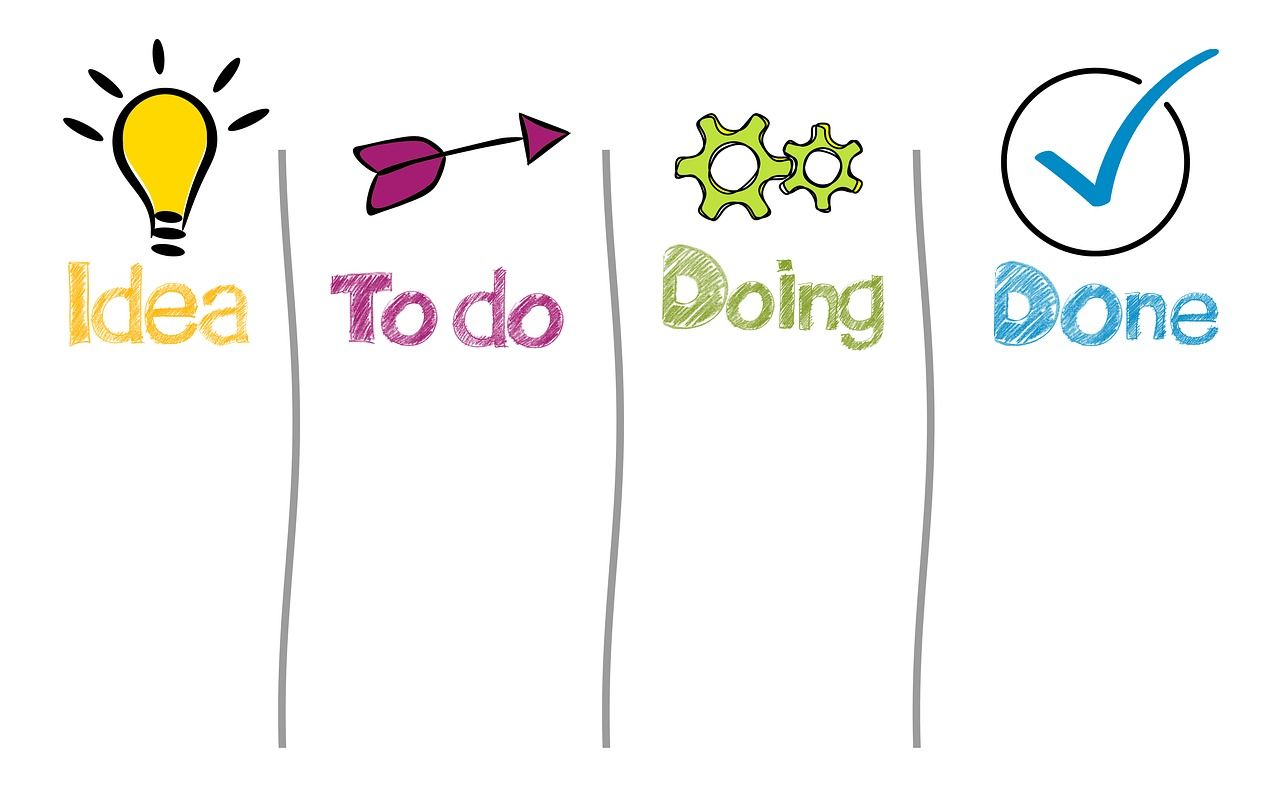When introducing a product to the market, you can focus on the most effective sale or build marketing around the product itself. Product marketing covers the latter approach. Below, we discuss its advantages and disadvantages, provide a definition and check if it works well in the world of online business.
The definition of product marketing is very simple: it is about launching the product on the market. More inquisitive researchers add an important distinction between activities related to a product that is yet to be released to the market and one that is already on the market.
Remember that the first impression is made once?
Take care of your product's strong market entry!
Product Marketing - Definition
The most advanced definition explains that it is about two-way traffic, that is product launch, but before that, to gather feedback on the product from the market. In this way, product marketing, as well as the product itself in the event of a premiere, is carried out with respect for customer needs and real demand, and not only around the features of the product itself. This increases the chance of market success. When introducing a product to the market, it is also worth remembering that product marketing does not have to start with the premiere. May also include lobbying campaigns, PR or promotion even earlier, in order to prepare fertile ground for the planned premiere.
Product marketing for a product that has been on the market for some time should be based on similar assumptions. First, gather information from the market and marketing audit, then a strategy built around the product, such as rebranding, awareness-building campaign or advertising.

Product Marketing - Pros and Cons
Product marketing lets you focus on what you do best - your product. This approach works well if the offer defends itself. Adding appropriate branding, marketing communication channels whether a PR campaign can help clients understand what makes a given solution unique. It is possible that thanks to this you will be able to focus less on active sales, because customers will look for what you offer themselves. Therefore, product marketing may be the first one you even implement in your company. A lot of people don't like aggressive marketing techniques. Sending cold e-mails or door-to-door trade requires a breakthrough that cannot be afforded by every debuting product developer. Product marketing will allow him to focus on his work, because all its elements ultimately serve to show the advantages of a given solution.
Product marketing is not the best strategy if there are many competitive products on the market that stand out positively from the offered one. Then it will be much better sales marketing tactic, i.e. focusing on unobstructed distribution channels, reaching customers and offering sales bonuses. You also have to be careful to always communicate in a language that is understandable to the client and directed at his needs. It is worth talking about the features of the product in the context of benefits.

Here you can give an example of leading manufacturers of electronics, such as smartphones and laptops. Contrary to appearances, the most expensive and the most desirable are not the ones with the best technical parameters (these are of interest to a handful of experts). Customers get more arguments based on the real benefits that they can feel in their everyday life thanks to the purchase of one device or another.
When is it worth using product marketing?
Much also depends on the distribution channel. Product marketing is great for sales based on social media. Then you can talk about the product using graphics, tutorials, infographics or photos and videos from the production process. This attracts customers because it provides them with the right number of touchpoints - points of contact with the product and brand. At the same time, you give them an increasing amount of information about the product, and customers become well-informed about its benefits and become more convinced of the thought of purchasing.
It is a bit different, for example, in B2B marketing. Business owners do not have time to compare the parameters of many competing products from different companies. They would probably prefer not to receive more folders and product information. Here, active selling techniques are better, which will make their purchase easier. An example is the techniques used by medical representatives selling products to offices. In the realities of high competition, product marketing does not work as well as bonuses, priority treatment and convenient contact, i.e. strategies taken from sales marketing.

On-line product marketing
In the real world, the division into brand and product is clear. It is a bit different in digital reality where service, product and the brand behind them often form a unity. This is the case with software (Zoom, Gmail) or applications (Airbnb, Uber). In such realities, product marketing means both promoting the product or service itself, and the brand. It is especially interesting the case of personal brands. A consultant, coach or speaker often treat themselves as a product, and therefore apply product marketing to their entire activity. This is a tactic adopted by small entrepreneurs, but not only by them. For example, Tesla products would not be successful if it were not for the personal brand of the owner of the company. Most of the millions of brand fans would not be able to remember the intricate details of individual car models. Anyway, the automotive industry itself only deals with enthusiasts.
Promoting the owner of the company as its own brand, and its activity as a product, allowed to implement product marketing much more effectively and on a larger scale. It is worth imitating such a creative and broad approach to product marketing and implement it in your company, making it unique sales support. Even if the boundaries between the product, service and brand are fluid in your business. Anyway, today it promotes both physical products and ideas, trends and attitudes.

